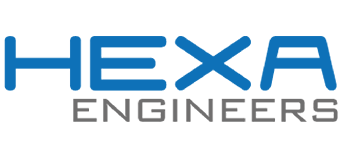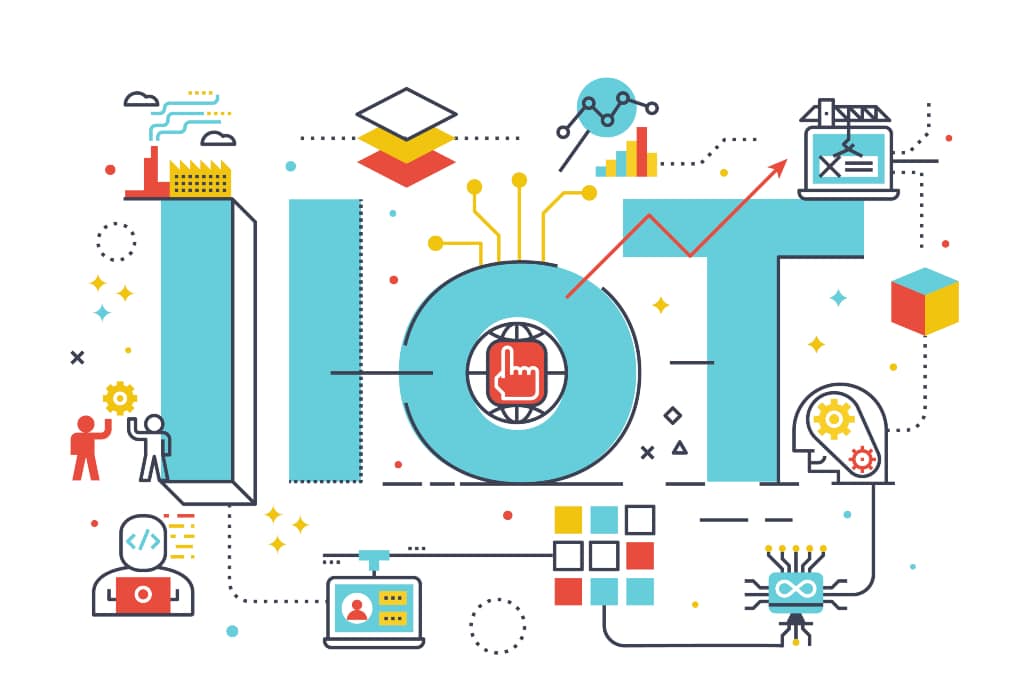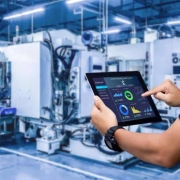The Industrial Internet of Things (IIoT) in Industry 4.0
The Industrial Internet of Things (IIoT) offers a wide range of new opportunities for the industry of the present and the future. Comprehensive networks are already part of the current landscape and the 5G mobile communications standard begins to make itself present in the day-to-day reality of a growing number of industries.
What is the IIoT
Compared to the Internet of Things (IoT) that we have already started to take advantage of in the home a few years ago, the Industrial Internet of Things has a focus on matters related to industrial production. Thus, it allows the network connection of industrial plant machines and their process chains.
The key concept of IIoT is to integrate it together with machine learning and Big Data technologies in order to considerably increase the effectiveness of industrial companies. A proposal whose planning and integration requires specialized advice due to the complexity and requirements it requires; much more demanding in the IIoT than in the case of the IoT.
Elements of IIoT architecture
When it comes to the essential requirements for an IIoT architecture, these are scalability, real-time capacity, interoperability, and data protection and security. Smart sensors, triggers, and devices that collect data and send it to servers play a central role. At the cloud level they are further processed, turning them into action-relevant smart data through the use of smart algorithms, thus forming the basis for automated processes.
The manufacturing industry, leader in IIoT applications
As an important aspect of digital transformation, the use of IIoT technology is increasingly critical in the manufacturing industry. As revealed by various 2019 market studies, IIoT technology is currently used primarily in production plants.
The conclusions of these studies reflect that optimizing operational efficiency and increasing productivity throughout the internal value chain are the main reasons that have led to the use of IIoT technologies.
Here are the current highlights of IIoT usage in Industry 4.0:
IIoT technology is spreading capillary
The Internet of Things is becoming more and more in demand in industrial settings and is increasingly being used for applications in industrial factories, automotive plants, pharmaceutical plants, electronics and high-tech plants, as well as in oil refineries and supply chains of food and drinks.
IIoT interfaces demonstrate increased efficiency
Companies perceive a benefit from putting their workers at the center of their digitization strategies and implementing IIoT interfaces throughout the organizational hierarchy. The benefits of technology are available to most employees and have a positive effect on project implementation.
Complex solutions are required
The solution environment, the implemented use cases and the technologies used in IIoT remain different from each other today. For this reason, user satisfaction increasingly requires tailored and successful integrations, different technology portfolios and solid prior experience in implementations, as offered by HEXA Ingenieros.
Businesses Demand Ready-to-Use IIoT Solutions
Many large industrial companies are turning to pre-built, more integrated, broader-technology IIoT solutions and partner ecosystems to evolve rapidly. The advantage of out-of-the-box IIoT solutions is that they require a short start-up period, as well as allowing shorter payback periods. Even so, the specificity of many industrial companies requires consulting work that is capable of harmonizing ready-to-use solutions with pre-existing technologies and the particularity of each company.

What the IIoT offers to the industry
Thanks to the IIoT, the combination of sensors and analytics allows real-time access to data that was previously unavailable. The information provided by this data is incorporated into processes throughout the entire supply chain.
-The above described makes it possible for the following improvements to take place:
-Process optimization
-A higher degree of automation
-A greater flexibility of production processes
-An increase in efficiency and lower failure rates
-An earlier detection of problems and weaknesses in productivity
-More accurate predictions of machine condition and more efficient maintenance
-A cost savings by avoiding unnecessary repairs
-Improved quality control and reduced error rates
-More transparency through universal access to machine data
-An improved technical customer service
-The development of complementary services such as remote problem solving or predictive maintenance
IIoT and 5G
With the arrival of 5G applications in production, not only the highest achievable bandwidths are decisive, but also the minimum latency times required for mobile applications with real-time requirements. Industrial applications benefit from 5G primarily through extremely high reliability, real-time performance capabilities, higher data throughput, low latency, much tighter networks, and increased IT mobility and security.
For this reason, the irruption of the 5G standard is especially suitable for mobile areas such as robots and mobile tools or autonomous transport systems, among other cases. Without forgetting its application in an increasingly important area such as augmented reality, which is increasingly increasing its presence in industry 4.0.
Vision about the IIoT
IIoT projects offer manufacturers a better understanding of their business processes and the operation of their production lines. As sensors get smaller and more affordable, and the 5G network goes mainstream, interest in IIoT will continue to grow.
However, a reality must not be set aside. The IIoT is in an expansion phase and not all industrial companies have considered its inclusion, with ignorance being the most important vector to decide to carry out the investment. For this reason, at HEXA Ingenieros we offer our experience and knowledge about the Industrial Internet of Things to help companies become part of their new productive reality, through consulting projects that reduce the uncertainty gap in order to improve their short-term production.









